This is exactly the purpose of the International Pronouns Day that is coming up in a few days. According to pronounsday.org, where someone can find many useful resources, ‘International Pronouns Day seeks to make respecting, sharing, and educating about personal pronouns commonplace. Referring to people by the pronouns they determine for themselves is basic to human dignity.’ On the contrary, misgendering, that is, using the wrong pronouns, can be offensive or even harmful, since this way one reproduces the social oppression and the stigmatization of gender-nonconforming persons.
In a sense, misgendering even denies the very existence of all those persons who do not belong to the gender binary, condemning them to social invisibility and silence.
Not assuming the gender of another person or using the gender-neutral pronoun (they/their/them) in situations where a person's gender is unknown, is not only an important step towards creating a safe space for everyone to feel comfortable in their own skin and flourish, but it is also an everyday harm reduction practice since the effects of misgendering can include, but are not limited to, feelings of anxiety and sadness, low self-esteem, negative body image, isolation from family and friends, and even suicide.
Furthermore, one should not assume how someone identifies their gender based on their appearance since the gender expression, how effeminate or masculine a person is among others, is distinct from the gender identity, their inner sense of gender. On the other hand, using the preferred gender pronouns to identify a person without asking them first could amount to their outing in some contexts exposing them to discriminatory behaviors, harassment, or even violence.





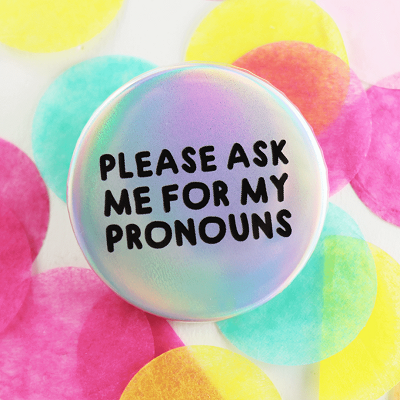

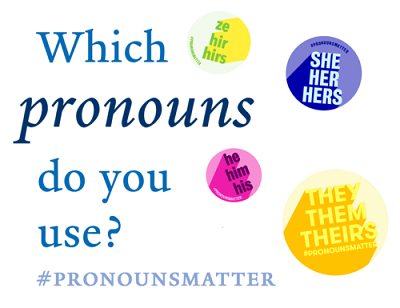
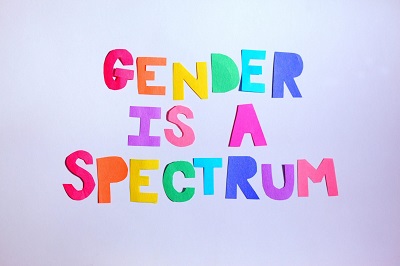
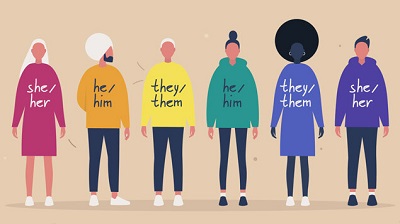
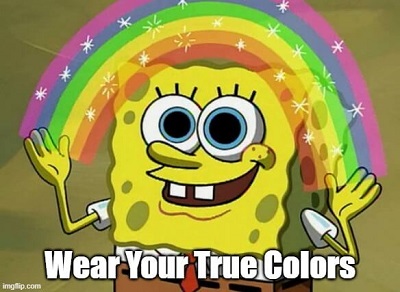

 Login
Login